art making & exhibiting unit 3/4
1/37
There's no tags or description
Looks like no tags are added yet.
Name | Mastery | Learn | Test | Matching | Spaced |
|---|
No study sessions yet.
38 Terms
Art Elements
Colour
Line
Shape
Tone
Form
Texture
Sound
Time
Light

Art Principles
Emphasis
Movement
Rhythm
Unity
Variety
Space
Repetition
Balance
Contrast
Proportion
Scale

Visual Language
Combining art elements and principles with materials, techniques and processes to communicate meaning and personal, cultural and contemporary ideas to an audience

Aesthetic qualities
How art elements and principles, materials and techniques work together to influence the mood or emotion of an artwork

Artform
can include but not limited to
painting
drawing
printmaking
sculpture
film
video
textiles
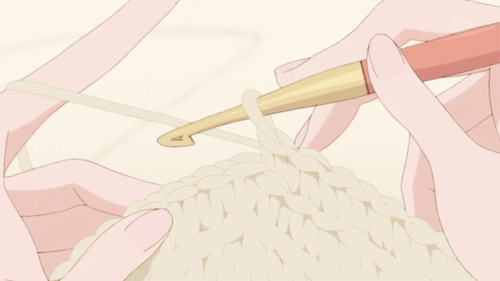
Context
The frame of reference that allows the meaning of the artwork to be interpreted, can be the location and time of the artwork

Critique
A critique is a discursive collaborative environment that is organised to engage, explore, express, present and evaluate artworks and to understand, reflect on and improve awareness of the characteristics of art making.

Influences and inspiration
Influences occur and are used throughout art making and include artists and artworks. Inspiration can be viewed more broadly and includes objects, memories and contexts that are personal to the artist.

Techniques
Manipulating materials through the use of tools and equipment
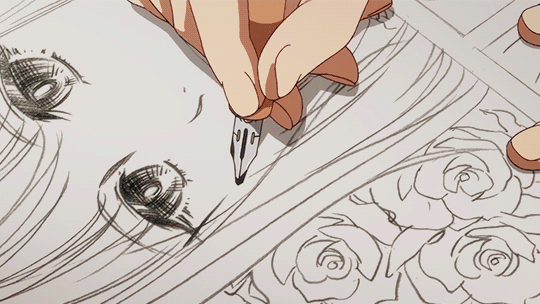
Process
Used in the making of artworks in specific art forms include the activities, procedures and investigation engaged by artists
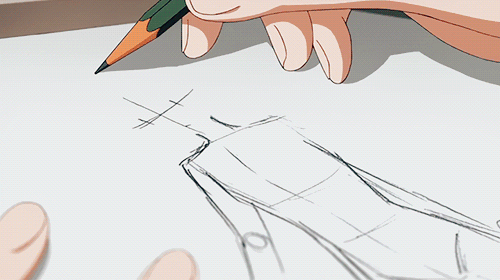
Materials
Various properties and characteristics of an art form
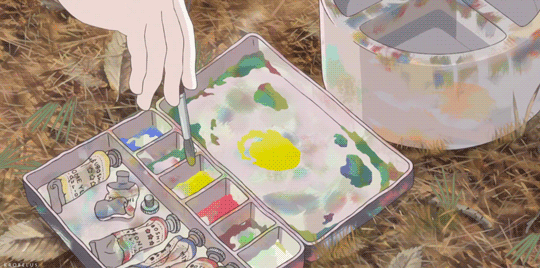
Clarice Beckett (artwork)
Evening landscape
circa 1925
Oil on board

Charles Avery (artwork)
Untitled (The gates of Onomatopoeia)
2019
Pencil, ink & acrylic on paper
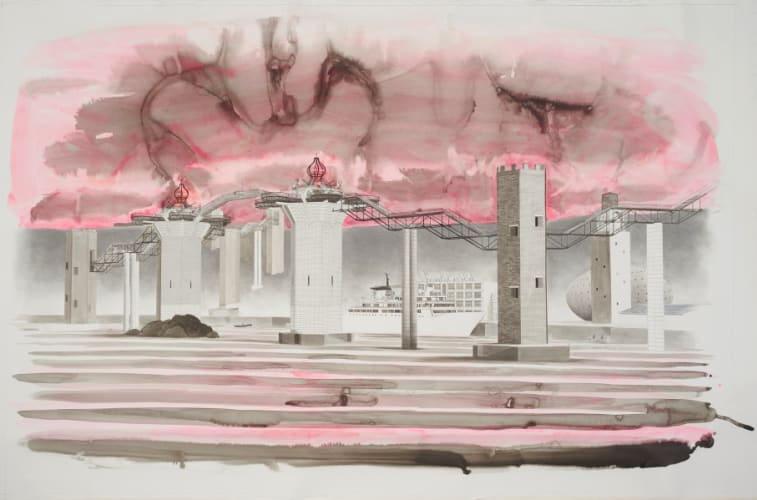
Yoshida Hiroshi (artwork)
Sacred bridge
1937
Woodblock print; ink & colour on paper

Farrokh Mahdavi (Triennial exhibition)
Untitled
2023
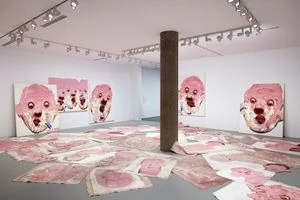
Agnieszka Pilat (Triennial exhibition)
Heterobota
2023

Yoko Ono (Triennial exhibition)
My Mommy is Beautiful
2023
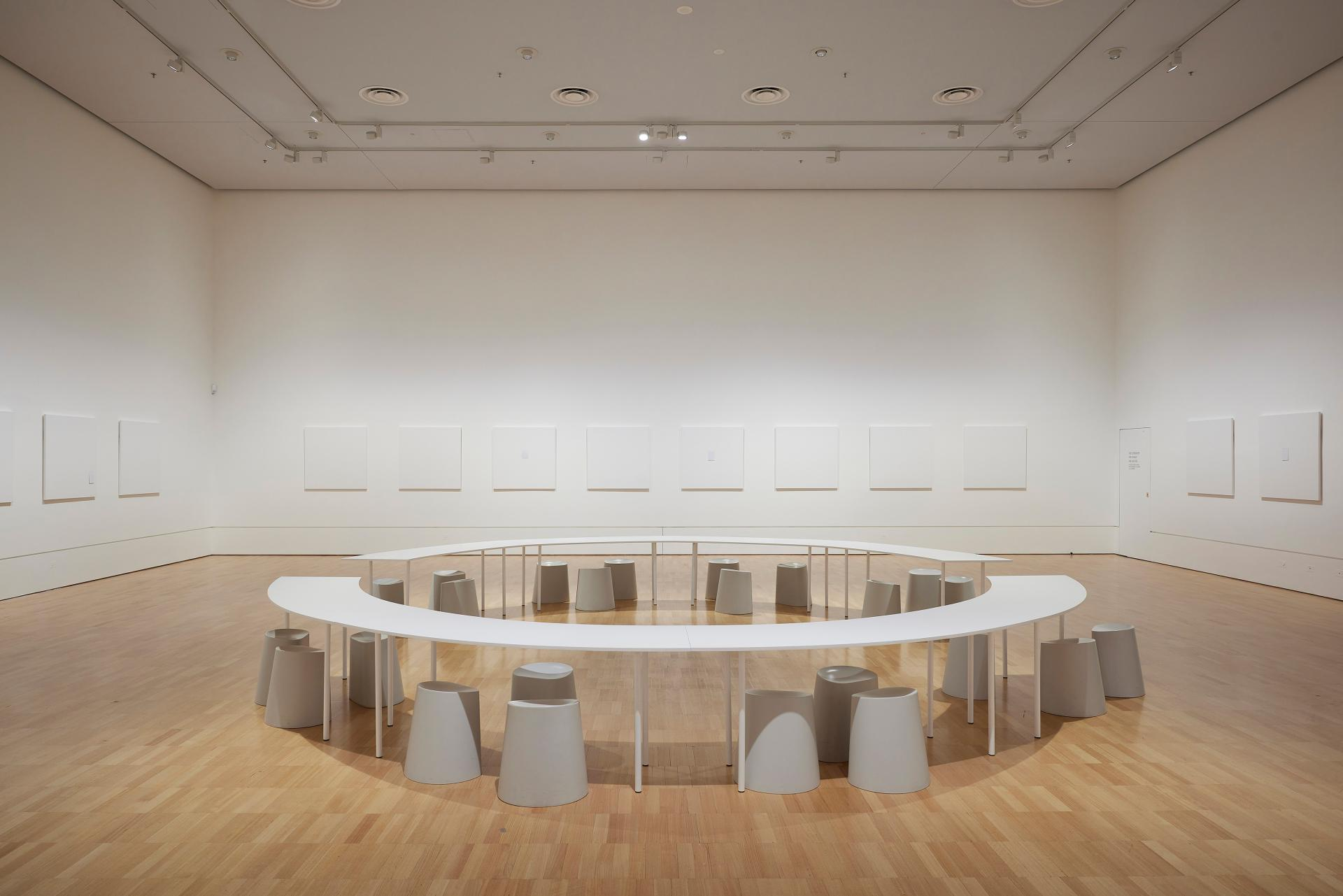
Stable humidity level for artworks
50%
Ideal lux levels for artworks
200-250 lux
Themes of NGV Triennial
Magic: belief systems, allegory and symbolism
Matter: nature, materials and making
Memory: histories of people, places and objects
Curator’s role
Curators research, plan and prepare exhibitions to highlight works within a collection.
Curatorial considerations
sequencing artworks, wall colours, museum-standard hanging heights
Curatorial intention
Deciding what themes and ideas are meant to be displayed in an exhibition.
Intertextuality
the connectedness between all communication and meaning produced in negotiation with previously held meanings.
Visual culture
The combined product of all visual forms of media in everyday life, including their impact and recognition within society.
Subject matter
Refers to what a work of art is about.
Vanitas
A still life artwork that symbolises life and the inevitability of death, and contrasts them with the fleeting meaning of wealth and pleasure.
Preventative conservation
any action that reduces the damaging effects of environments on pieces including monitoring and controlling light, temperature, humidity and pests.
Restorative conservation
the process of stabilising, repairing and preserving pieces in order to improve or recover its aesthetic qualities to its original form as a result of damages.
Environmental conditions
Environmental conditions that can affect artworks are light, temperature, humidity and pests, which can damage and degrade pieces over time.
Lighting impacts
Lighting impacts artworks by overexposure and extreme intensity, which can result in artworks having irreversible damages of fading, weakening, discolouration, yellowing and embrittlement.
Humidity/temperature impacts
Temperature could affect an artwork by causing chemical reactions of the paint in the artwork, which results in discolouring and degrading.
common pests
rodent and insects such as beetle larvae, termites and silverfish, mice, rats, and carpet beetles.
Preventative measures for pests
keeping the environment surrounding the artwork clean by regularly dusting, keeping food away from the artwork, framing the artwork, having pest control, and ensuring that the space is uninviting to these pests.
types of risks and hazards involved when handling an artwork
chemical, physical, electrical, radiation and biological
risks for transporting artworks
The risks for transporting artwork are damaging the artwork and possibly losing the artwork.